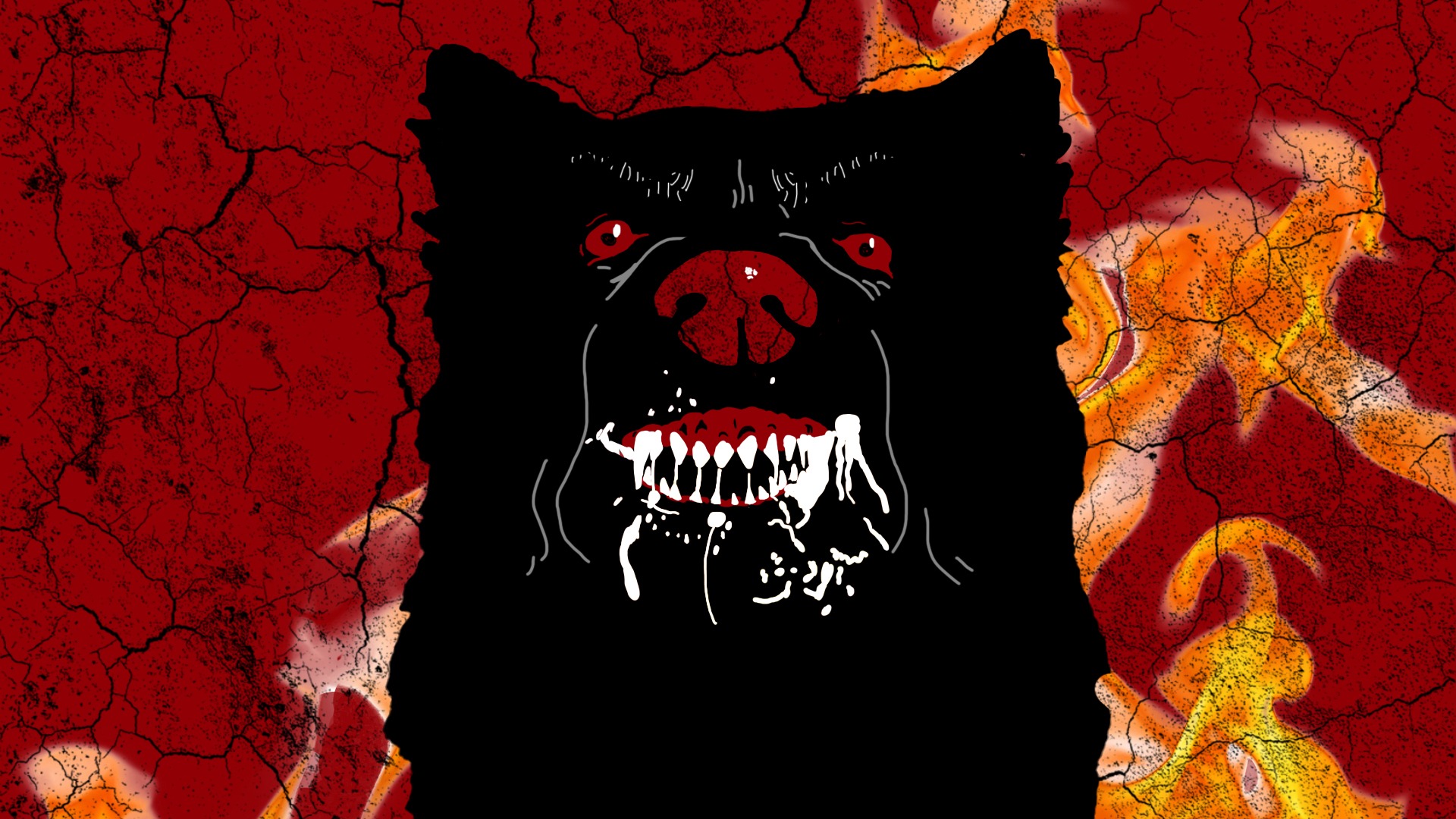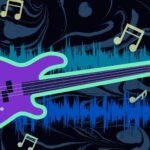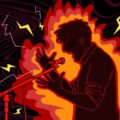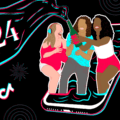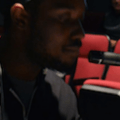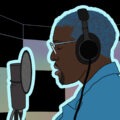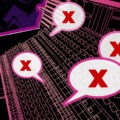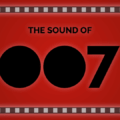Music and Rage
How To:
1: Loud dynamics
The use of forte dynamics and accented notes creates a steady stream of loudness throughout a piece. Loud dynamics cause an increase in intensity and power within a song that stimulates the release of adrenaline in the listener, echoing our natural fight or flight response.
Achieving loud dynamics in the studio can be done through a number of ways. Running guitar, bass, and/or vocals – or whatever instrument you’re using – through a distortion pedal or plug-in is a really easy method. Another great way is to add compression, where you reduce the louder transients and increase the lower transients, thereby increasing the overall volume. In a recording studio context, a time-tested way to increase dynamics is by “stacking” the tracks, where you record the musician playing the exact same riff or drum part over and over, and lay the tracks on top of one another in the mix.
Here’s an example by I Prevail:
Powerful dynamics evoke a significant range of emotions, so it’s important to understand what is the exact effect you are looking to achieve. For example, the volume of a song jumping from very soft to very loud is dynamic, but it will more likely produce terror rather than rage. And prolonged loudness is more likely to emulate excitement rather than rage, since it’s continually pumping adrenaline into the listener. To differentiate between excitement and rage, the composition will require another component, called harmonic dissonance.
2: Harmonic dissonance
Harmonic dissonance is a technique used to create negative emotions like terror, sadness, and rage. Certain intervals and scales appear more or less dissonant depending on the listener.
The guitar in Gojira’s “Stranded” is a great example:
The reason dissonance causes rage is due to the acoustic ratio between the wavelength of two different notes. For example, a perfect 5th interval’s wavelengths contain a ratio of 2/3, which is fairly easy for the human brain to process while a minor second interval contains a ratio of 16:15, which is far more difficult for our brains to conceptualize. Any interval with closely related notes creates an effect called “beating”, where the slight amplitude peak overlap between the two notes causes a pulsation in the sound. A common example of this phenomenon is observed when stringed instruments tune. How does this sound to you?
The displeasure created by dissonance causes the listener to feel destabilized, distraught, and directionless, which can evoke an important aspect of anger: a perceived threat.
Another powerful technique is detuning, either through a plugin or through the physical tuning of the instrument. Down tuning is a technique often used in metal where instruments are tuned to incredibly low keys, further destabilizing the composition.
And while dissonance is essential to integrating rage into music, it needs to be counterbalanced by one other technique: drive.
3: Forward drive
Once all the sonic elements are in place, it’s important to insert a counterbalance into the structure. Think of it as taking breaks from the dissonance. This is done by “Forward Drive and Release”, where the song transitions from dissonance to the root of the key in order to create a sense of resolve (called resolution). The effect is powerful: it allows a fresh release of adrenaline after returning and then departing once again from the tonic/root.
One of the best examples of a song that balances harmonic dissonance with resolution is Nirvana’s “Smells Like Teen Spirit”. The song is a rollercoaster of emotions, starting from the melodic vocals over a mellow guitar, then transitioning to screaming on top of overblown drums and a distorted guitar. Each time the song returns to the root of the key, it enables the listener to recover their emotions, only to launch back into dissonance and descending into rage.
The importance of resolution
Harmonic dissonance without resolution often produces atonal music where the listener is basically just hearing noise, triggering disorientation and a trance-like state rather than rage. A good example of this can be heard below.
So, turn up, scream loud, drive forward, but don’t forget to dial it down from time to time, for maximum rage!
Illustration by Yihong Guo
